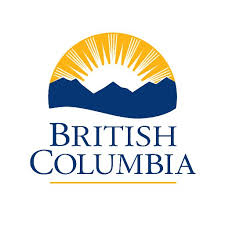freshwater atlas
Type of resources
Available actions
Topics
Keywords
Contact for the resource
Provided by
Formats
Representation types
Update frequencies
status
-

Lookup table for watershed type codes
-

Contains all primary and secondary matches between 1:20K and 1:50K waterbody polygons. This attribute table links the new Freshwater Atlas watershed codes with the existing 1:50K Watershed Atlas watershed codes for cross reference purposes
-

Bay and Channel (fresh and marine) features and associated names
-

Linear coastlines of BC, including mainland and marine islands. Lines are directionalized and connected. Attributes include a hierarchical key and route identifier
-

Links the waterbody type codes used in the waterbody layers with an English description used to categorize waterbody features
-

All wetland polygons for the province
-

All island polygons. Islands may overlap as there are islands within islands (e.g., a lake on an island contains an island). GNIS_NAME_1 contains the most atomic name for the island. For example, there are 3797 "Haida Gwaii" islands. If the island has not been named as part of a more specific group or with an individual name, "Haida Gwaii" is the GNIS_NAME_1 value. GNIS_NAME_2 and GNIS_NAME_3 values are null. If the island has a more specific name, "Haida Gwaii" moves to GNIS_NAME_2, and the more atomic name, such as "Moresby Island" is the GNIS_NAME_1. If the island has an individual name, belongs to a group, and is part of Haida Gwaii, the same logic of naming from most to least specific applies. For example, GNIS_NAME_1 = "George Island", GNIS_NAME_2 = "Copper Islands", GNIS_NAME_3 = "Haida Gwaii".
-

Contains all primary and secondary matches between 1:20K and 1:50K stream edges. This attribute table links the new Freshwater Atlas watershed codes with the existing 1:50K Watershed Atlas watershed codes for cross reference purposes
-

Glaciers and ice masses for the province, derived from aerial imagery flown in the late 1980s and early 1990s. Please refer to the [Glaciers](https://catalogue.data.gov.bc.ca/dataset/glaciers) dataset for recent glacier extents in British Columbia, and [Historical Glaciers](https://catalogue.data.gov.bc.ca/dataset/historical-glaciers) for a comparable historic view.
-

Links the edge type codes used in the stream network layer with an English description used to categorize stream network features
 Arctic SDI catalogue
Arctic SDI catalogue